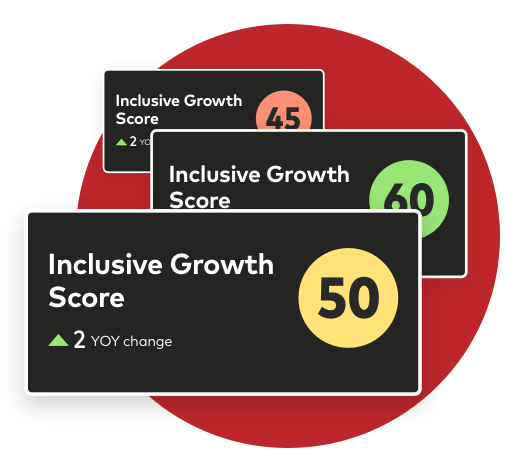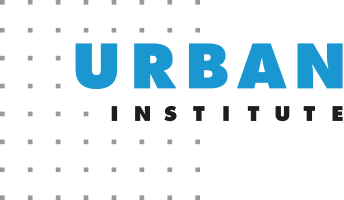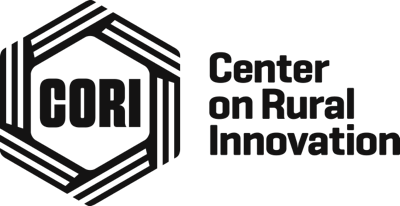The United States Inclusive Growth Score™

Empowering U.S. communities with data-driven insights
Explore the map
The Inclusive Growth Score™ tool offers an interactive way to visualize the relative economic and social health of every census tract in the U.S.
Curious how the tool works? Check out the preview and create an account today!
help_outline
This is a preview of the application for demonstration purposes. Try the full experience →
Overview
Data-driven insights to measure inclusive growth
The United States Inclusive Growth Score (U.S. IGS) has yearly data at the census tract level, and is shown in the form of a percentile rank ranging from 0-100, with the average score at 50. It covers three pillars, Place, Economy, and Community, through 18 key metrics.

Details
Metric Sources
Leading POI (point of interest) data providers for firmographic data
The IGS makes use of POI data to incorporate information on business ownership and commercial diversity, which is data that Mastercard does not hold
Success Stories
2023 U.S. IGS™ Report
We explored the evolution of census tracts from 2017 to 2022 in our latest report, 'Growing together: Measuring inclusive growth in U.S. communities and cities'
Data Impact Stories
Receive updates on new data sets, case studies and more.
The Inclusive Growth Score™
Find your score!
Neighborhood-level social and economic data on communities at your fingertips.
Login needed to access the data

















